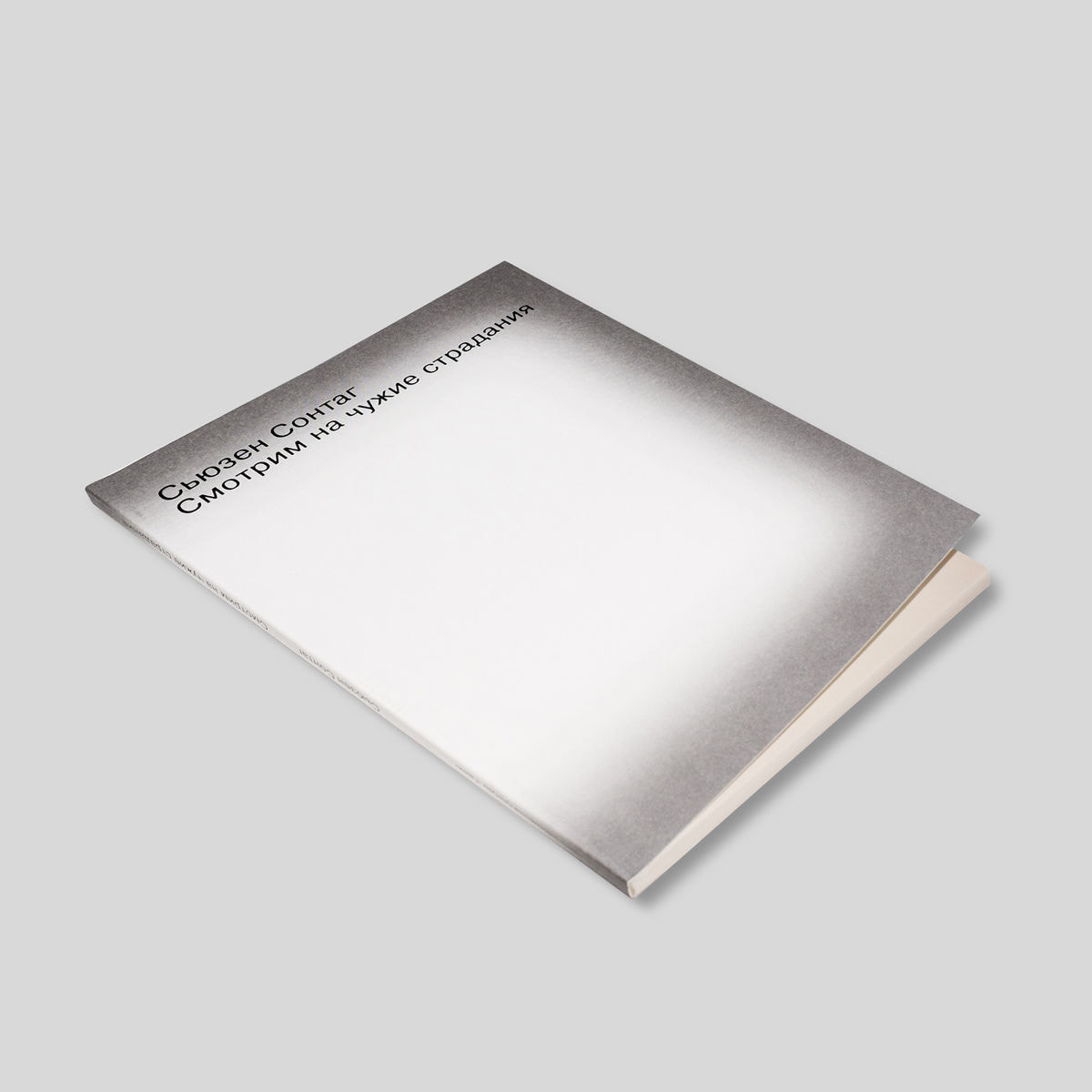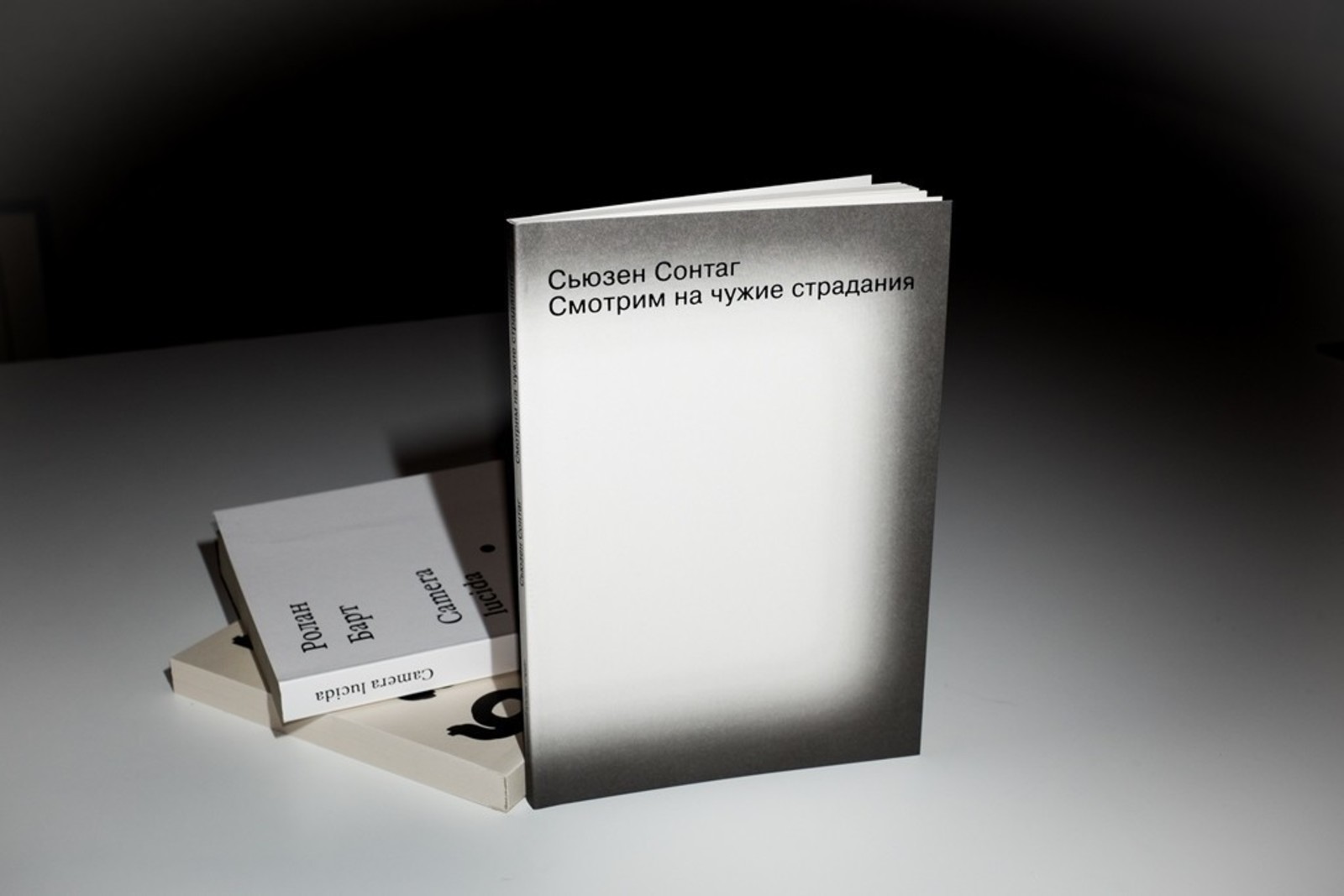This is a sequel to Sontag’s collection of essays On Photography. Sontag discusses photography as a medium for the representation of war and violence in contemporary culture.
Regarding the Pain of Others (2003) was Susan Sontag's last published book before her death in 2004. It is a follow-up to her classic collection of essays On Photography, published 26 years earlier (and recently released in Russian as part of the Garage publishing program in collaboration with Ad Marginem Press). In Regarding the Pain of Others, Sontag explores visual representations of war and violence in today's culture - from Goya's The Disasters of War to photographs of the American Civil War and contemporary horrific images of the former Yugoslavia, Rwanda, Israel, and Palestine - asking a series of questions: What is the purpose of showing the atrocities of war? How does the spectacle of the sufferings of others in the media affect us? Are we inured to violence by the depiction of cruelty?
Sontag reviews the wealth of photographs documenting military conflicts around the world since the mid-19th century, highlighting the important changes in technology, style, and ideology. In the first major photographed wars, the Crimean War and the American Civil War, combat itself remained off-camera. Even the images of the First World War were generally limited to the depiction of a battle's aftermath. Until the Vietnam War, the majority of the best-known war photographs were setups.
But can we trust photographs taken during combat? Without context or caption, they could be interpreted differently (for instance, both warring parties might use the same image of children killed in a bombing raid for propaganda purposes). While objectivity is an intrinsic property of photography, Sontag argues that images are always produced with a point of view. There is a record of the real, and there is the person who takes the record. Subjective narrative and framing inevitably leave something out of the picture and put a certain spin on images.
Our media-driven culture is oversaturated with depictions of cruelty. Violence and suffering remain the best-selling news; therefore, "the hunt for more dramatic ... images drives the photographic enterprise, and is part of the normality of a culture in which shock has become a leading stimulus of consumption and source of value." According to Sontag, "in a world in which photography is ... at the service of consumerist manipulations, no effect of a photograph ... can be taken for granted. As a consequence, morally alert photographers and ideologues of photography have become increasingly concerned with the issues of exploitation of sentiment (pity, compassion, indignation) in war photography and of rote ways of provoking feeling."
Sontag then considers the relationships between photography and ideology, censorship, and the authorities. The history of war photography started in 1855 with a campaign seeking to create positive images of the warrior's trade, as the British government sent Roger Fenton to the Crimea to make a series of war photographs. The dead, the maimed, and the ill were kept outside the picture, and the series only included staged behind-the-front-lines scenes. Even decades later, most victory photographs were posed. Thus, in 1945 the Russian soldiers hoisting the Red Flag over the burning Reichstag in Berlin took direction from a Soviet war photographer Yevgeny Khaldei. Similarly, the famous image of the raising of the American flag on Iwo Jima turned out to be a reconstruction. It was not until the Vietnam War, condemned by most journalists present in the region, that the number of staged war photographs sharply declined.
After the emergence of independent war photographers, the military began limiting their access to the scene and imposing censorship, as shown during the British campaign in the Falklands in 1982. Sontag also cites self-censorship among Western journalists as a reason behind the double standards in depicting friendly and enemy casualties.
Regarding the Pain of Others raises the issues of responsibility and authority. Why should we look at these photographs of faraway horrors if we are not able to do anything about what the images show? Sontag believes that we need to reflect on how our privileges may be linked to the suffering of other people. Shocking war photographs also have an ethical value, however, since they may lead to challenging the authorities: "Such images ... [are] an invitation to pay attention, to reflect, to learn, to examine the rationalizations for mass suffering offered by established powers. Who caused what the picture shows? Who is responsible?" War photographs can serve as memento mori, important tokens of a nation's collective memory.

